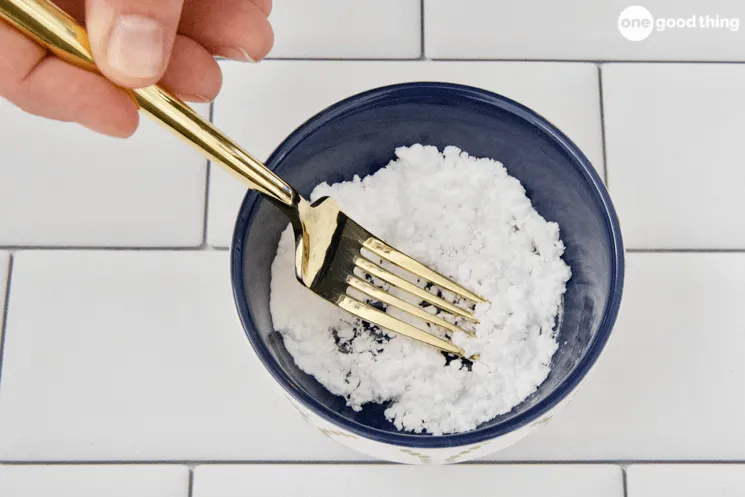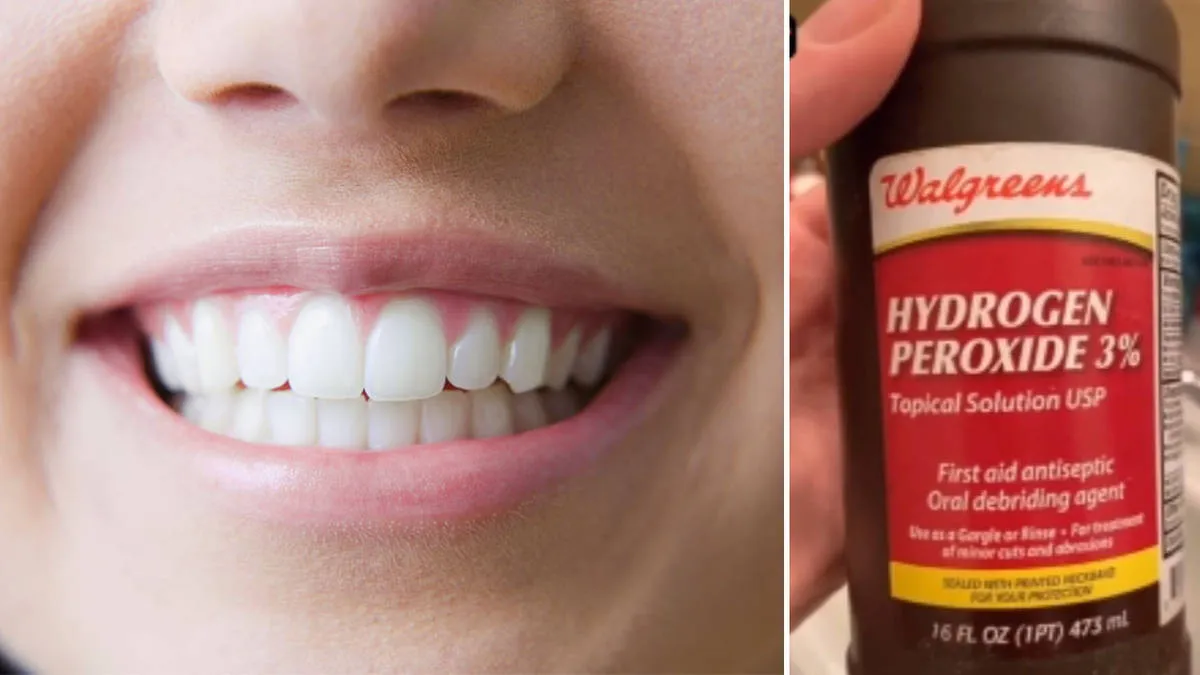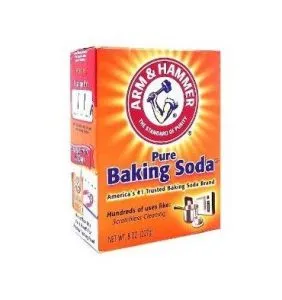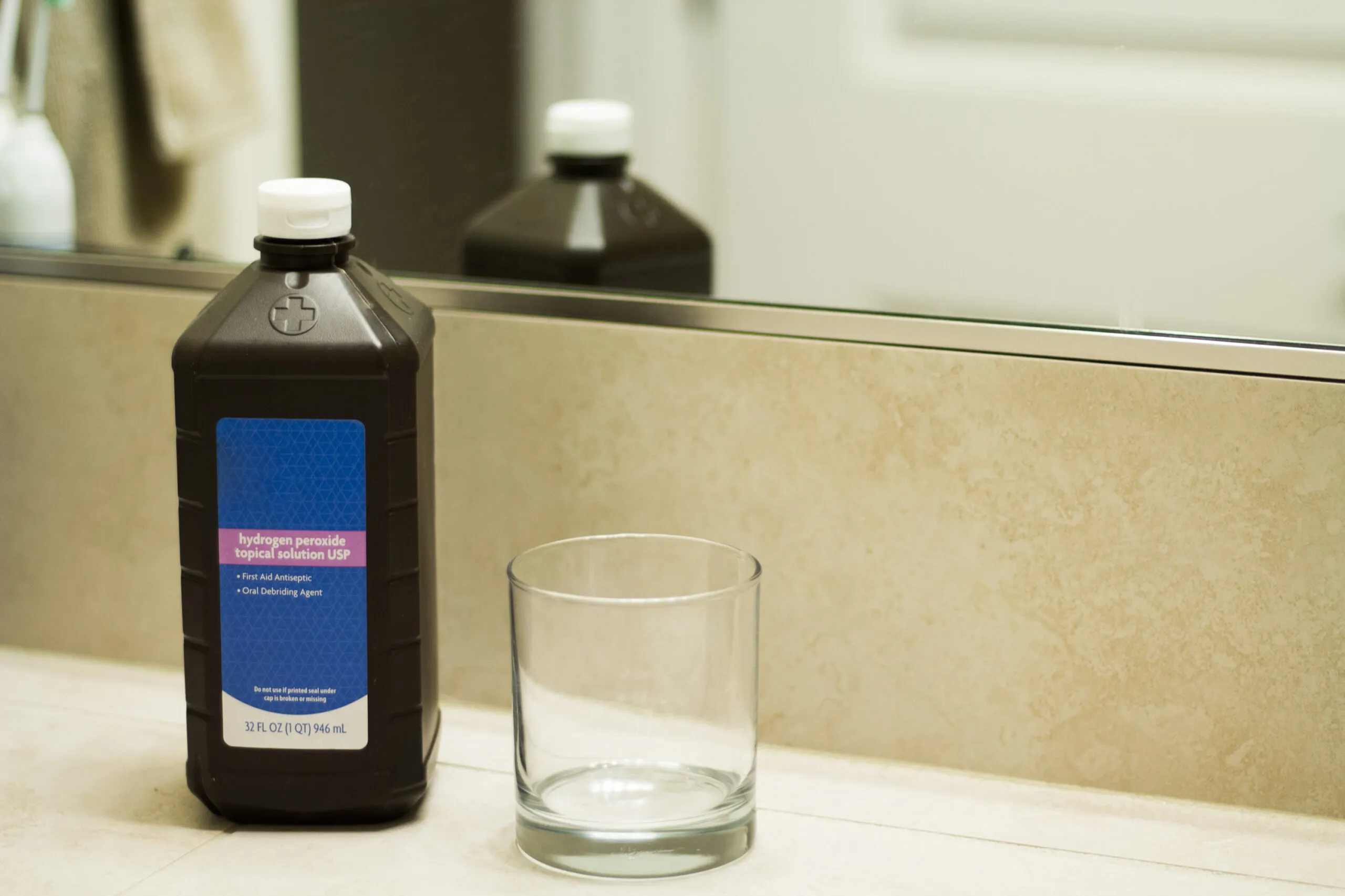Understanding Teeth Whitening with Hydrogen Peroxide
Teeth whitening has become a popular cosmetic procedure, with numerous methods available to achieve a brighter, more confident smile. Among these methods, using hydrogen peroxide and baking soda at home has gained considerable attention. This article delves into the intricacies of this process, exploring its effectiveness, safety considerations, and proper application techniques. We will examine the science behind how hydrogen peroxide works to whiten teeth and the role baking soda plays in the process. It is important to understand that while these methods can be effective, they should be approached with caution and a thorough understanding of potential risks and best practices to ensure the health of your teeth.
How Hydrogen Peroxide Works on Teeth
Hydrogen peroxide is a chemical compound known for its oxidizing properties, which make it a potent bleaching agent. In the context of teeth whitening, it works by penetrating the enamel and dentin of the teeth, breaking down the stain molecules that cause discoloration. This process involves a chemical reaction that lightens the pigments, effectively making the teeth appear whiter. The effectiveness of hydrogen peroxide depends on its concentration and the duration of its contact with the teeth. Higher concentrations can produce faster results, but they also increase the risk of side effects. It is crucial to use the right concentration and follow recommended guidelines to minimize potential harm and maximize the benefits.
The Science Behind Whitening

At a molecular level, teeth discoloration often results from the accumulation of stain molecules within the enamel and dentin. These stains can originate from various sources, including food, beverages, and tobacco use. When hydrogen peroxide comes into contact with these stain molecules, its oxygen atoms react, breaking the bonds that hold the stains together. This process reduces the size and number of stain molecules, which results in a lighter appearance of the teeth. The efficiency of this process is also affected by the porosity of the enamel. The more porous the enamel, the easier it is for the hydrogen peroxide to penetrate and reach the stain molecules.
The Role of Oxygenation
The whitening action of hydrogen peroxide is primarily driven by its ability to release oxygen. As the hydrogen peroxide breaks down, it releases oxygen molecules that react with the stain molecules within the teeth. This oxygenation process breaks down the larger stain molecules into smaller, less visible components. This is what causes the teeth to appear brighter. The process can be enhanced by other ingredients. It is important to note that excessive oxygenation or using high concentrations can cause teeth sensitivity and damage to the enamel. It’s a delicate balance, and following recommended guidelines is important for safety.
Using Baking Soda with Hydrogen Peroxide
Combining hydrogen peroxide with baking soda is a common practice in DIY teeth whitening. Baking soda, or sodium bicarbonate, acts as a mild abrasive that helps to remove surface stains and plaque. The combination creates a paste that can be applied to the teeth, with the hydrogen peroxide performing the bleaching action and the baking soda providing a cleaning effect. However, it is essential to approach this method with caution and moderation, as overusing abrasive substances can lead to enamel erosion. The effectiveness of this method varies depending on the concentration of the hydrogen peroxide, the frequency of application, and the individual’s oral health.
The Benefits of Baking Soda

Baking soda offers several benefits when used in teeth whitening. It acts as a mild abrasive, helping to remove surface stains caused by food, drinks, and smoking. This abrasive action helps to polish the teeth, making them appear brighter. In addition to its abrasive properties, baking soda is slightly alkaline, which helps neutralize acids in the mouth. This can help prevent the erosion of enamel and create a healthier oral environment. However, the abrasive nature of baking soda means that over-brushing can damage the enamel. Careful usage is key to enjoying the benefits without causing harm.
How to Mix Hydrogen Peroxide and Baking Soda
To create a teeth-whitening paste, mix hydrogen peroxide (usually 3% concentration, available at most pharmacies) with baking soda. The ideal ratio is approximately two parts baking soda to one part hydrogen peroxide, enough to form a paste. Start by putting a small amount of baking soda in a small bowl, then slowly add hydrogen peroxide, stirring until a paste is formed. The consistency should be thick enough to stick to your teeth but not so thick that it is difficult to apply. It is important to avoid mixing too much at once, as the paste can degrade over time. Always use fresh paste for each application to maintain its effectiveness and safety.
Application Techniques for Effective Whitening
After preparing the paste, apply it to your teeth using a soft-bristled toothbrush. Brush gently in small, circular motions, ensuring that all surfaces of the teeth are covered. It’s recommended to brush for about two minutes, and then rinse your mouth thoroughly with water. Avoid swallowing the paste. Following the application, be sure to rinse your mouth thoroughly to remove any remaining paste. The frequency of use should be limited to once or twice a week to minimize the risk of enamel damage and irritation. Overusing the mixture can lead to increased sensitivity and other dental problems. Monitoring your teeth for any signs of sensitivity or discomfort is also essential.
Assessing the Safety of the Procedure

While hydrogen peroxide and baking soda can be effective teeth whitening agents, it is essential to consider their safety. The primary concern is the potential for enamel erosion and increased tooth sensitivity. Enamel is the protective outer layer of the teeth, and its erosion can make teeth more susceptible to cavities and other dental problems. Moreover, the use of these substances can lead to gum irritation and soft tissue damage if not handled carefully. Proper use and understanding the risks associated with these products are crucial to protect your oral health. Consulting a dentist before starting any teeth whitening procedure is highly recommended to ensure it’s a suitable option for your specific dental condition.
Potential Side Effects
The most common side effects of using hydrogen peroxide and baking soda for teeth whitening include increased tooth sensitivity and gum irritation. Tooth sensitivity can manifest as a sharp pain when consuming hot or cold foods and beverages. Gum irritation can present as redness, swelling, and tenderness. In some cases, prolonged or excessive use can lead to enamel erosion, making teeth more vulnerable to decay. It is important to stop using the mixture immediately if you experience any of these symptoms. These side effects can often be avoided or minimized by following recommended guidelines and consulting with a dental professional. If any side effects occur, it’s important to speak with your dentist.
Safe Usage Guidelines
To ensure the safe use of hydrogen peroxide and baking soda for teeth whitening, adhere to these guidelines. Always use a 3% hydrogen peroxide solution. Mix the paste with the correct ratio. Brush your teeth with the mixture for no more than two minutes. Limit the frequency of use to once or twice a week. Avoid swallowing the paste and rinse your mouth thoroughly after brushing. Consult your dentist before starting any teeth whitening regimen. If you experience any sensitivity or irritation, discontinue use immediately and consult your dentist. Following these guidelines can significantly reduce the risk of adverse effects and help protect the health of your teeth.
Alternatives to Hydrogen Peroxide and Baking Soda

If you are hesitant to use hydrogen peroxide and baking soda or experience any adverse effects, several alternatives are available. These alternatives provide different approaches to teeth whitening and can cater to various preferences and sensitivities. It’s important to consider the pros and cons of each option to make the best choice for your teeth. Consulting with your dentist is essential to determine which alternative suits your specific dental needs and overall oral health.
Professional Teeth Whitening
Professional teeth whitening performed by a dentist is a highly effective method to achieve a brighter smile. This procedure typically involves a higher concentration of hydrogen peroxide applied to the teeth under controlled conditions. The dentist may use specialized equipment, like a bleaching light or laser, to accelerate the whitening process. Professional whitening offers several advantages, including faster results and a more uniform whitening effect. Dentists can also monitor the process and address any potential side effects or sensitivity issues. While professional whitening is generally more expensive than DIY methods, it offers a safer and more reliable option for achieving a noticeably whiter smile. Be sure to find a licensed dentist before considering this option.
Over-the-Counter Whitening Products
Various over-the-counter teeth whitening products are available, including whitening toothpastes, strips, and gels. Whitening toothpastes contain mild abrasives and chemical agents that help remove surface stains. Whitening strips and gels typically use a lower concentration of hydrogen peroxide than professional treatments. These products can be a convenient and affordable option for whitening teeth at home. However, they may not be as effective as professional treatments, and results can vary depending on the product and individual dental conditions. It’s important to follow the product instructions carefully and be aware of potential side effects, such as tooth sensitivity and gum irritation. You should consult with your dentist before starting to use any of these products.
Maintaining Your Whitened Smile

Once you have achieved a whiter smile, it is essential to maintain it through proper oral hygiene and lifestyle choices. Preventing stains and discoloration can help prolong the effects of any teeth whitening method. Regular dental check-ups and professional cleanings are also crucial for maintaining oral health and the brightness of your teeth. By adopting these practices, you can ensure that your smile remains radiant and healthy for the long term.
Oral Hygiene Practices
Consistent oral hygiene is key to preserving a whiter smile. Brush your teeth at least twice a day with fluoride toothpaste. Floss daily to remove plaque and food particles from between your teeth. Consider using an antimicrobial mouthwash to reduce bacteria and prevent stains. Regular dental check-ups and professional cleanings are essential to remove any surface stains and plaque that brushing and flossing may have missed. These practices will not only help maintain the brightness of your teeth but also improve your overall oral health. If you have any questions, be sure to consult with your dentist.
Dietary Considerations
Certain foods and beverages can stain your teeth, so it’s important to be mindful of your diet. Limit your intake of coffee, tea, red wine, and dark-colored fruits and vegetables. These foods and beverages contain chromogens, which can easily stain your teeth. If you consume these items, rinse your mouth with water afterward or brush your teeth to remove any remaining residue. Avoid tobacco products, as they are a major contributor to teeth discoloration. Eating a balanced diet that is rich in calcium and other essential nutrients will also promote healthy teeth and gums, contributing to a brighter and more confident smile.
